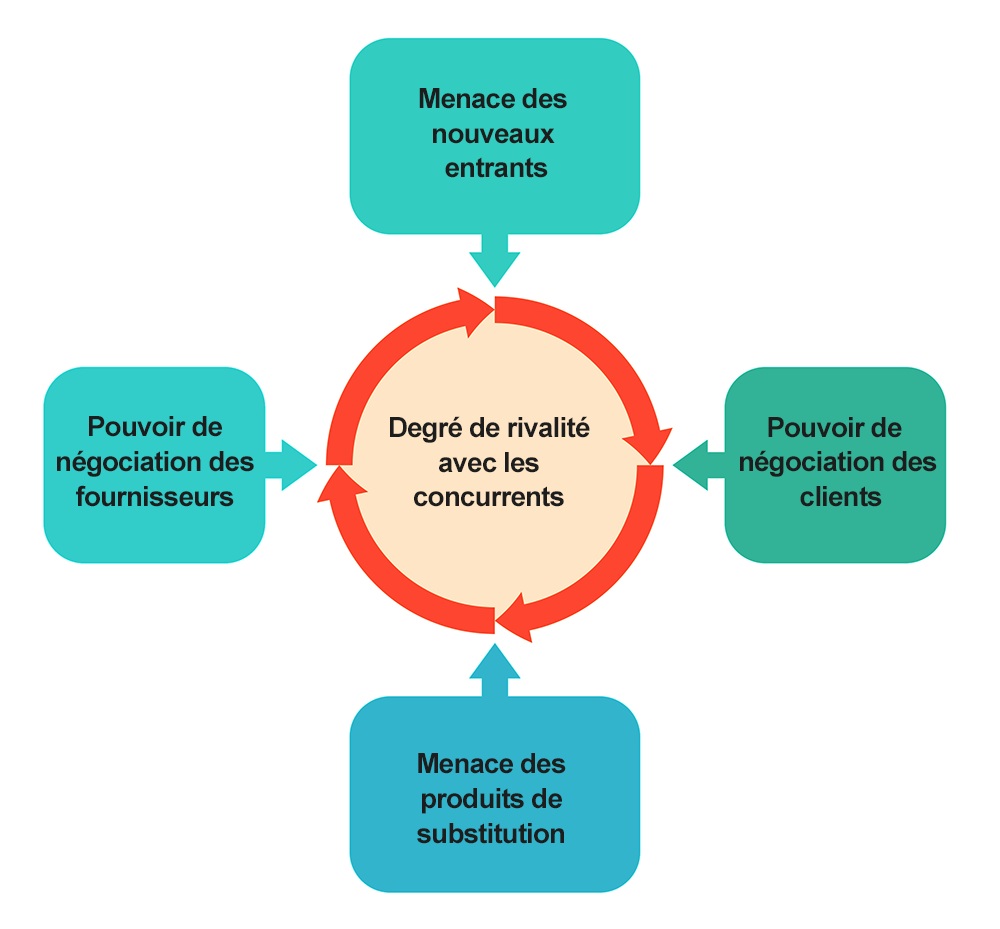
Les 5 forces de Porter pour analyser l'environnement concurrentiel
What is Porter's Five Forces analysis? History of Porter's Five Forces model What are Porter's Five Forces? 1. Existing industry competition 2. Supplier power 3. Customer power 4. Threat of new entry 5. Threat of substitute products How to conduct Porter's Five Forces analysis Porter's Five Forces example Existing industry competition

301 Moved Permanently
What Are Porter's Five Forces? According to Porter, there are five forces that represent the key sources of competitive pressure within an industry They are: Competitive Rivalry. Supplier Power. Buyer Power. Threat of Substitution. Threat of New Entry.

Les 5 forces de Porter Un outil d'analyse concurrentielle efficace
In 1979, a young associate professor at Harvard Business School published his first article for HBR, "How Competitive Forces Shape Strategy." In the years that followed, Michael Porter's.
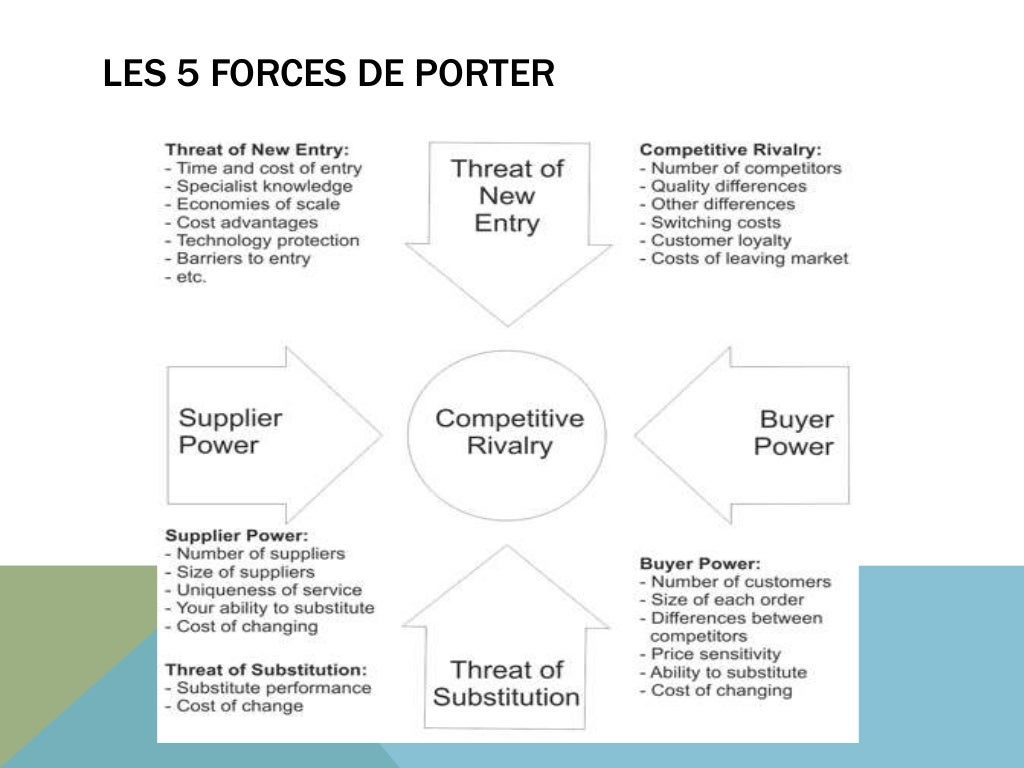
Les 5 forces de porter comprendre l'outil
Michael E. Porter's Five Forces Analysis is a strategic management tool that identifies the external factors and their intensities in contributing to the five forces (competitive rivalry, buyer power, supplier power, substitution threat, and new entry threat) that shape the competitive landscape of the industry environment. In the case of IBM.
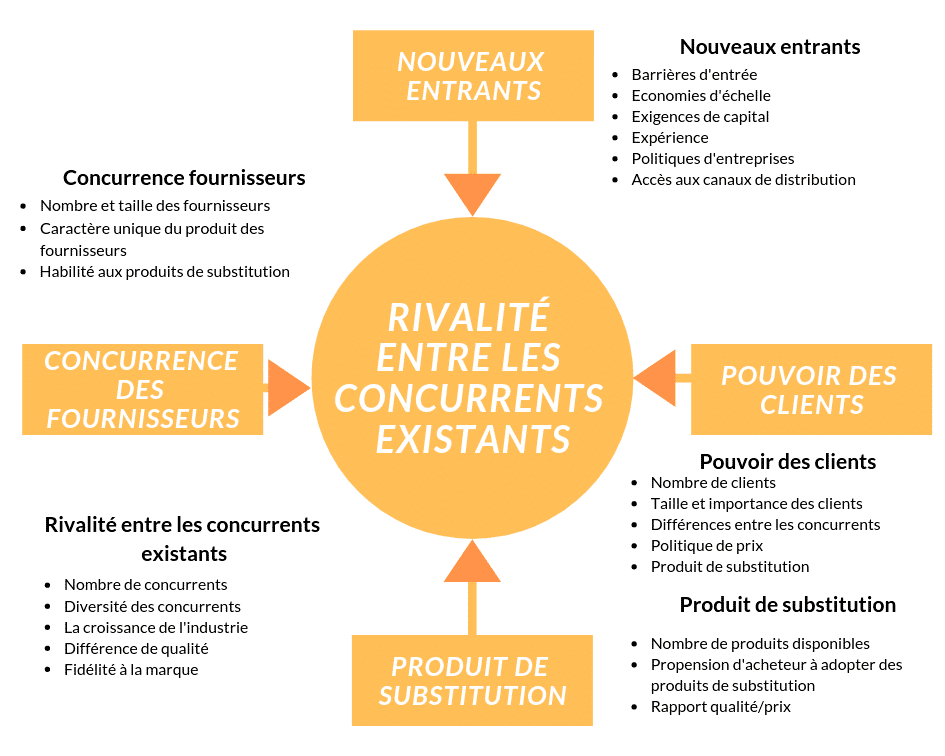
Découvrez les 5 forces de Porter Schémas et explications Formation Achats
Porter's Five Forces Framework is a method of analysing the operating environment of a competition of a business. It draws from industrial organization (IO) economics to derive five forces that determine the competitive intensity and, therefore, the attractiveness (or lack thereof) of an industry in terms of its profitability.

Porter's Five Forces Strategy Skills Training From
What is Porter's Five Forces model? Simply put, Porter's Five Forces is a model that lets you evaluate the competitiveness of a particular industry or marketplace. Think of it as a rudimentary business compass that helps you figure out where your product stands at any given point in time.
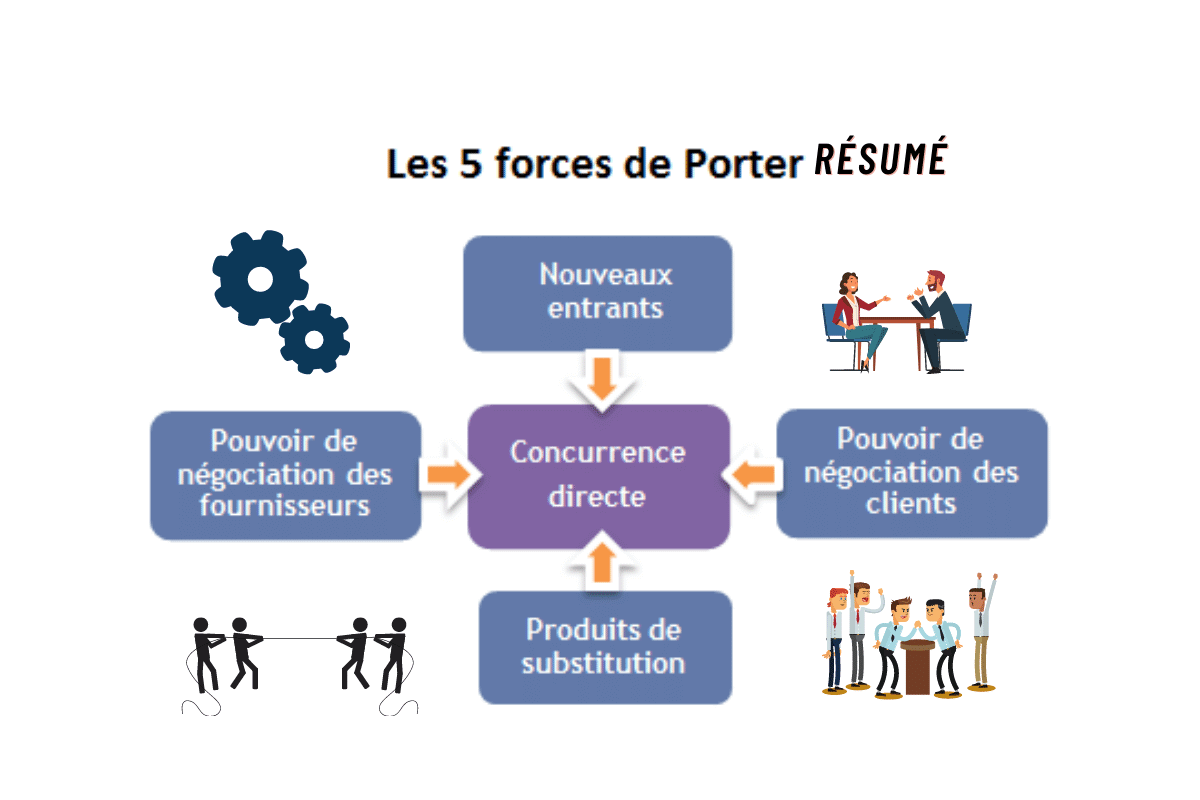
les 5 forces de porter résumé Analyse • Economie et Gestion
The five forces framework portrays the structure of an industry in terms of: (1) the threat from potential entrants, (2) the bargaining power of suppliers, (3) the bargaining power of buyers, (4) pressure from substitute products, and (5) the intensity of competitive rivalry. The structure is used to explain industry profitability and enable a.
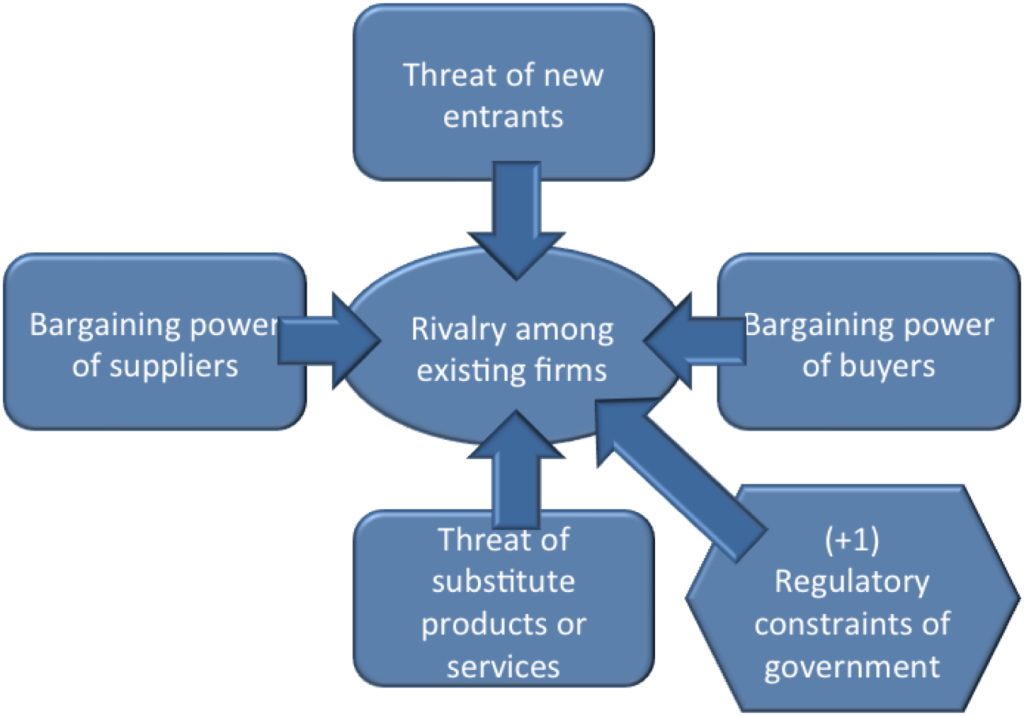
5 forces de Porter, Analyse concurrentielle
Porter's Five Forces is a framework for analyzing a company's competitive environment. Porter's Five Forces is a frequently used guideline for evaluating the competitive forces that.

Porter’s Five Forces Model
The Company has net assets worth of 7.63 billion Euros in FY 2022 while 7.17 billion Euros in FY 2021.The Company has an employee count of 8,359 in FY 2022,6,617 in FY 2021 and 5,584 in FY 2020.Majority of employees are based in United States ,than Sweden and least in UK. Amazon Music: Amazon Music is also providing music streaming services via.
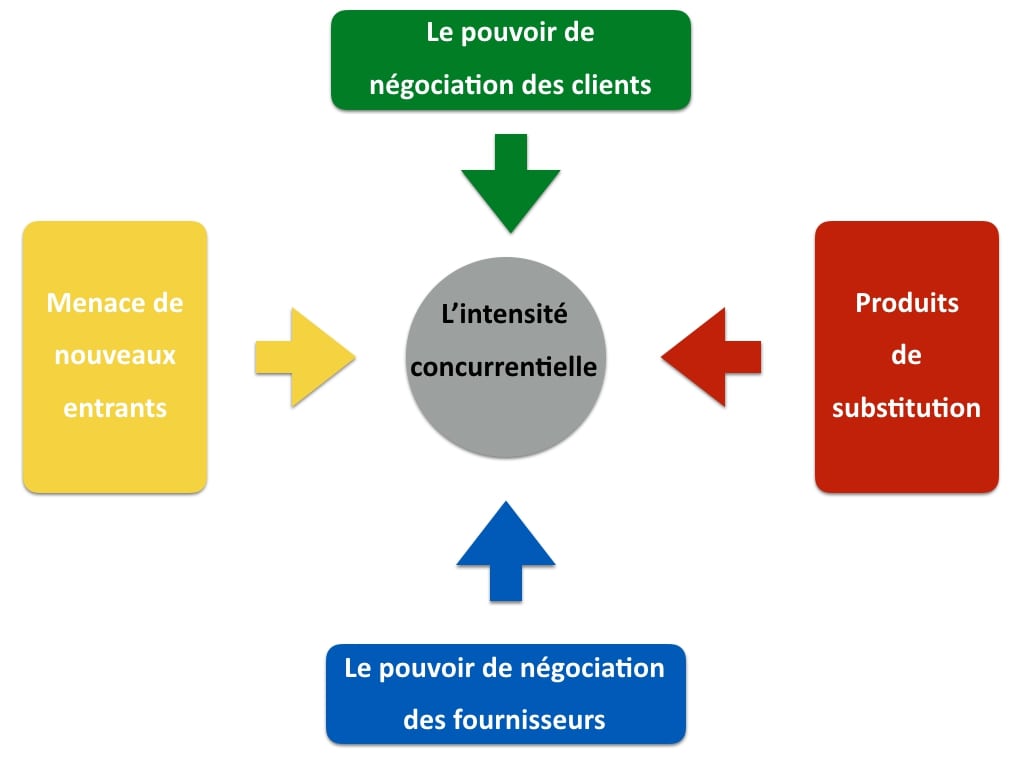
Les 5 forces de Porter et leur application à
Porter's Five Forces is defined as a paramount external threat analysis model meticulously crafted for enterprises. Originating from the intellectual prowess of Harvard professor Michael E. Porter, this strategic framework dissects the competitive landscape into five omnipresent threat forces.

Les 5 forces de Porter stratégie d'analyse de la concurrence en entreprise
1. Industry or Competitive Rivalry. Competitive rivalry is a strong force for Adidas. It competes with several sportswear brands such as Nike, Under Armour, and Reebok, and even with substitute brands from fast-fashion companies and other casualwear and formalwear brands to create an intensely competitive environment.

What Is Porter's Five Forces And Why It Matters FourWeekMBA
Le modèle des 5 (+1) forces ou des 5 forces de Porter permet d'analyser les concurrents du marché d'une entreprise. Objectif du modèle des 5 (+1) forces de Porter Le modèle des 5 (+1) forces permet d'analyser l'industrie dont l'entreprise fait partie ou dans laquelle elle souhaite s'engager.

Comprendre l'utilité des 5 forces de Porter pour vos projets
Porter's five forces model can help you determine where a company stands in relation to its competition and inform your investment decisions. Encyclopædia Britannica, Inc.

Porters Five Forces in the Digital Age Callum Mcadam
The Porter's five forces model is a strategic analytical tool created by Harvard Business School professor Michael E. Porter that identifies and analyzes five competitive forces that shape every industry: competition in the industry, potential of new entrants into the industry, power of suppliers, power of customers, and threat of substitute.
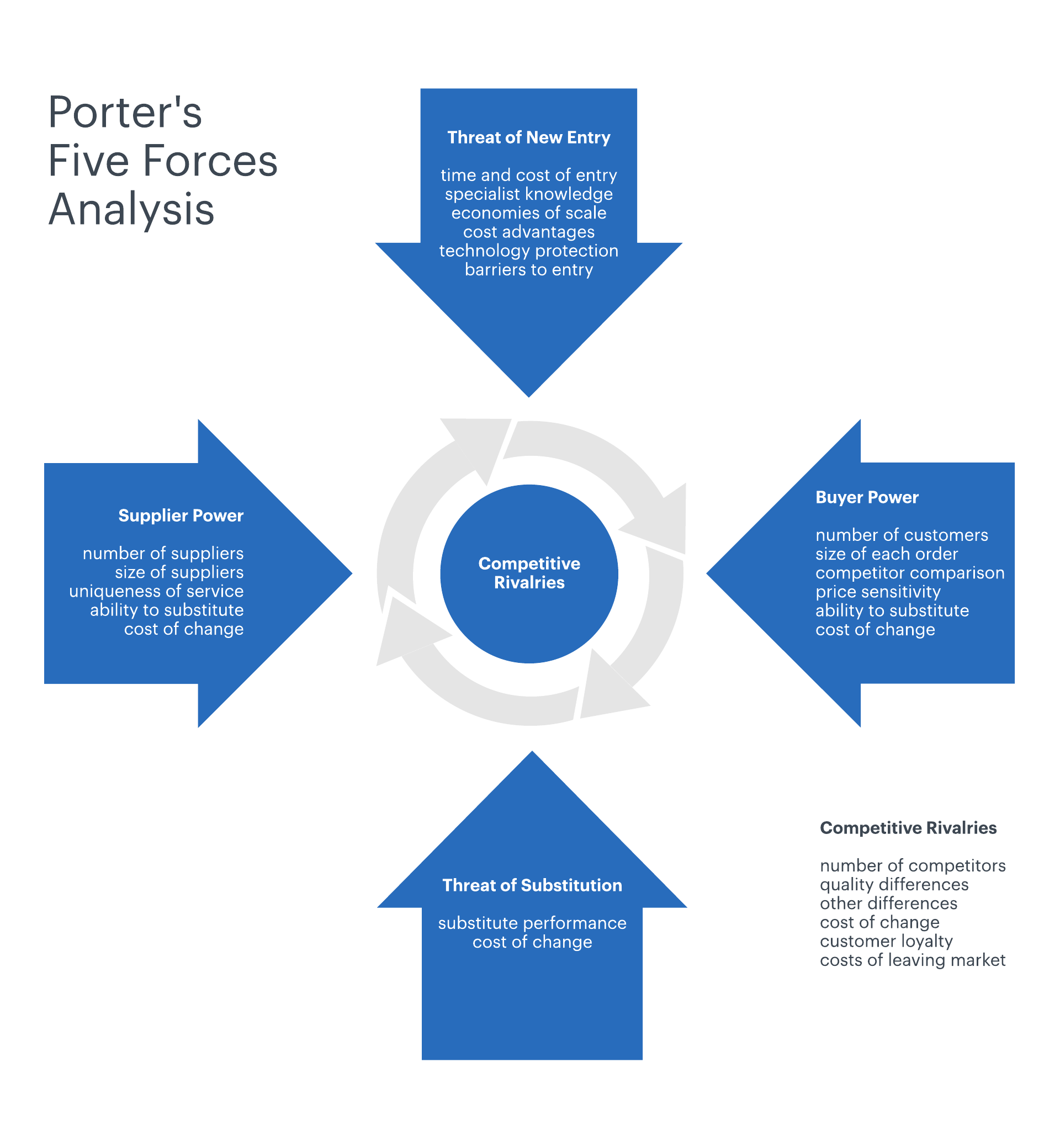
3.1.4. Porter's Five Forces Marketlinks
Porter's Five Forces model is a critical element of strategic analysis that helps companies decide how to shape the balance of competitive forces to maximize profitability. Based on the framework, companies should position themselves where forces are weakest, exploit changes in the forces, and design those forces to their advantage (Porter.
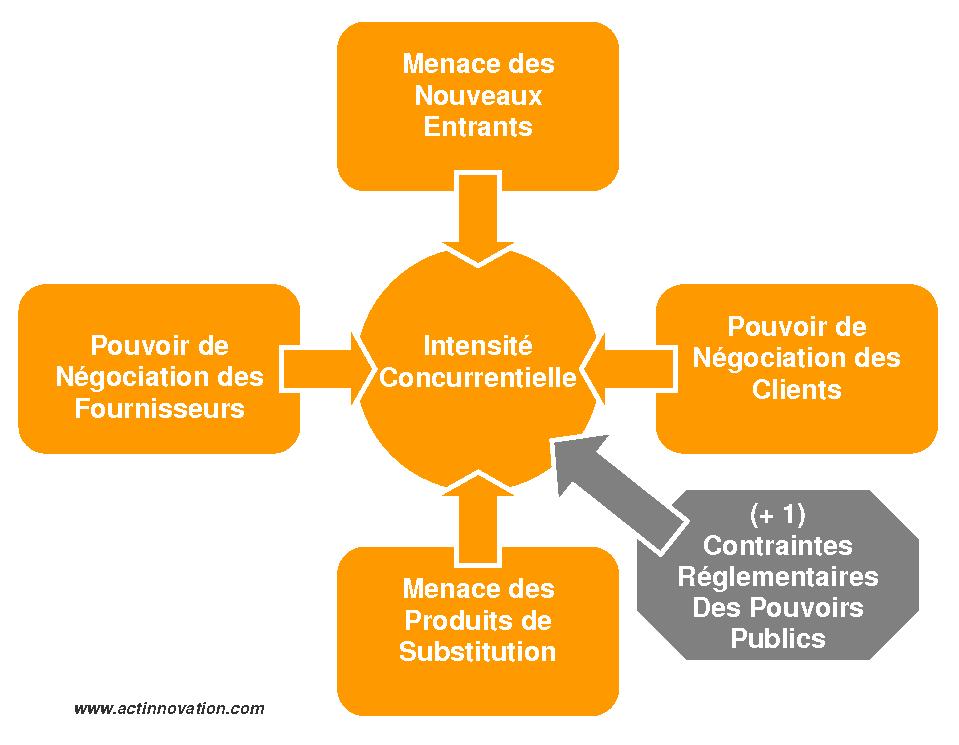
Michael Porter 5 Forces / Porters Five Forces in the Digital Age Callum Mcadam / According to
Porter's Five Forces of L'Oréal. L'Oréal is a French multinational company specializes in beauty and personal care products. The core products of the company include makeup, cosmetics, haircare, skincare, perfumes and other related product for beauty and personal care. L'Oréal is the largest company of cosmetics at an international.